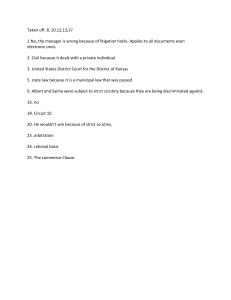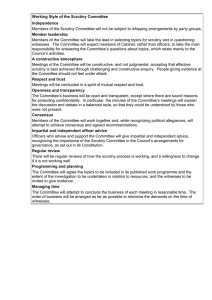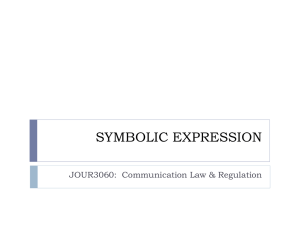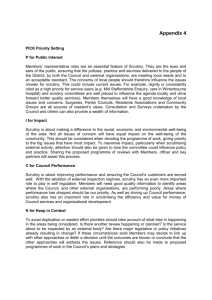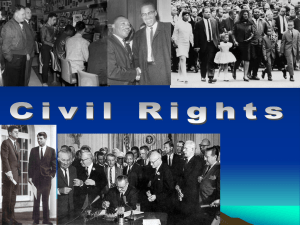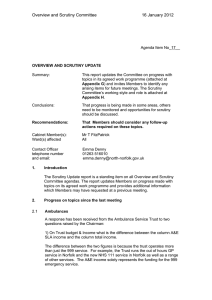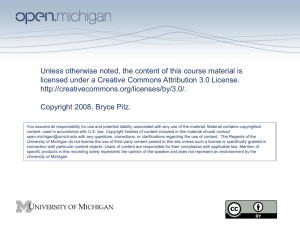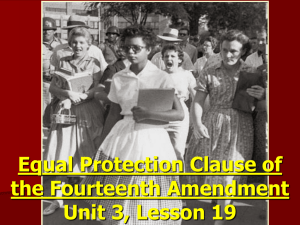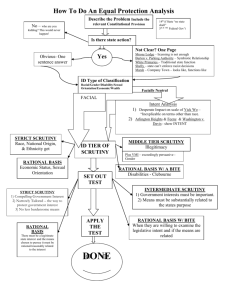5. Unit V: Equal Protection
advertisement
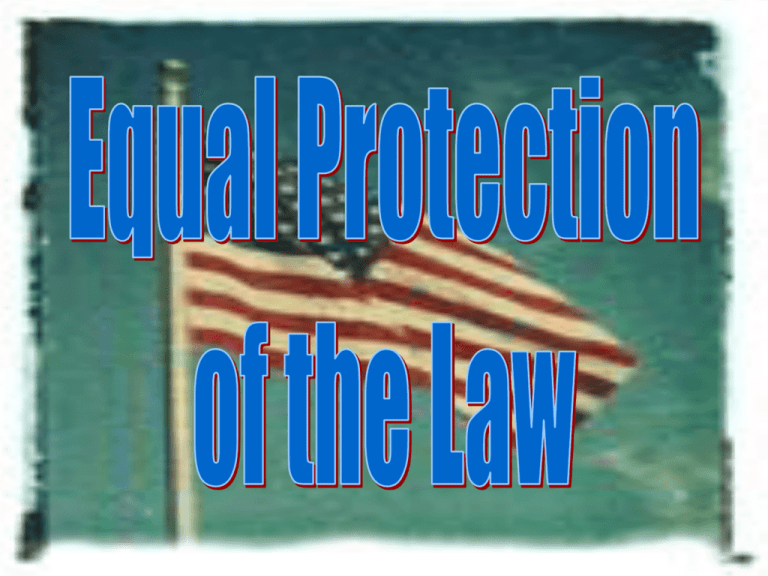
“In order to get beyond racism, we must first take account of race. There is no other way. And in order to treat some persons equally, we must treat them differently. We cannot-we dare not-let the Equal Protection Clause perpetrate racial supremacy.” Justice Harry Blackmun, 1978 •The founders believed that social and economic inequality was a bi-product of having a free state •Therefore they felt that providing provisions to protect the “less fortunate” would encroach on the rights of others Section 1: All persons born or naturalized in the United States and subject to the jurisdiction thereof are citizens of the United States and of the State wherein they reside. No State shall make or enforce any law, which shall abridge the privileges or immunities of citizens of the United States; nor shall any State deprive any person of life, liberty, or property, without due process of law; nor deny to any person within its jurisdiction the equal protection of the laws. 1. STRICT SCRUTINY TEST – Is there compelling state interest in a legislative classification? [Applies to suspect classifications and fundamental rights] Suspect Classification = race Only once has the Supreme Court allowed the state to regulate based on race – WWII Japanese Internment Camps 2. EXACTING SCRUTINY OR STRICT RATIONALITY TEST – Does the legislation substantially advance a desired end which is reasonably related to a legitimate state interest?[Applies to quasi-suspect categories] Quasi-suspect categories = gender There may be legitimate reasons to classify based on the differences between genders An example would be separate restrooms and living facilities in State colleges 3. Minimal Scrutiny Rational Basis Test – Is there a rational basis or reasonable basis for legislation? [ Applies to economic regulation and nonsuspect classifications] Basically every law draws some sort of classification between people. i.e. 40 mph speed limits Which of the tests could be applied to the following scenario? A state law stating that in order to be a certified carpenter one must weigh a minimum of 180 lbs and have a high school diploma. ALL 3: 1. Strict Scrutiny – if it can be proven that the percentage of African Americans is lower than Caucasians than you could say it is biased based on race. 2. Exacting Scrutiny – Since women are less likely to weigh 180lbs. the law discriminates against women 3. Minimal Scrutiny – the law is assuming that people who weigh less than 180lbs. and don’t have a high school diploma are not good carpenters.
